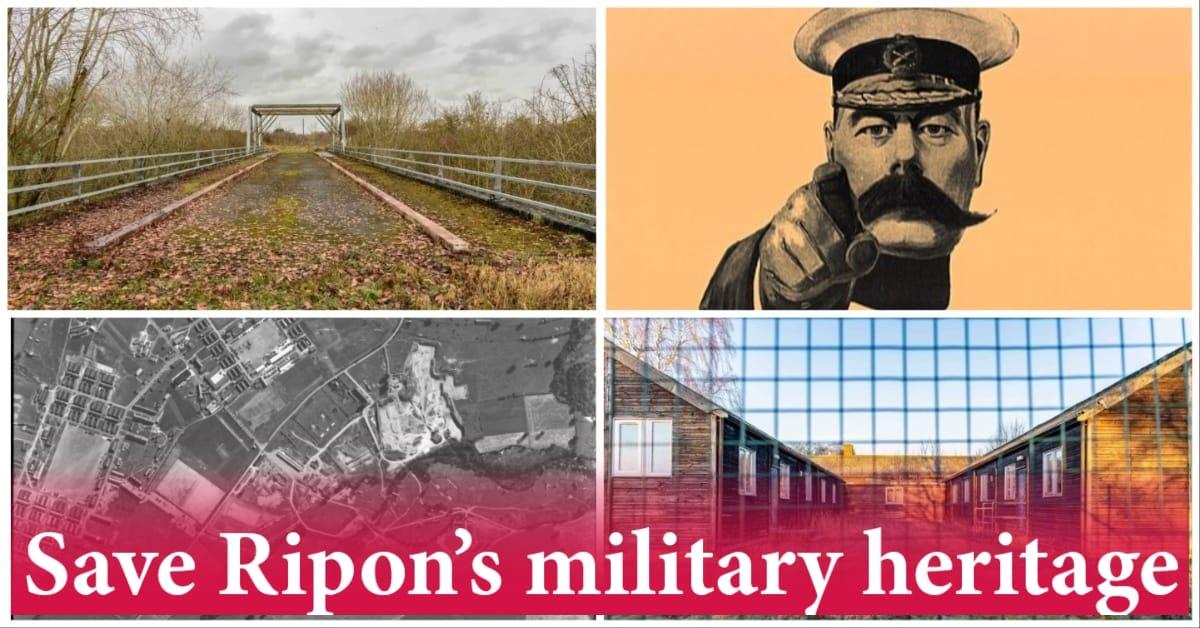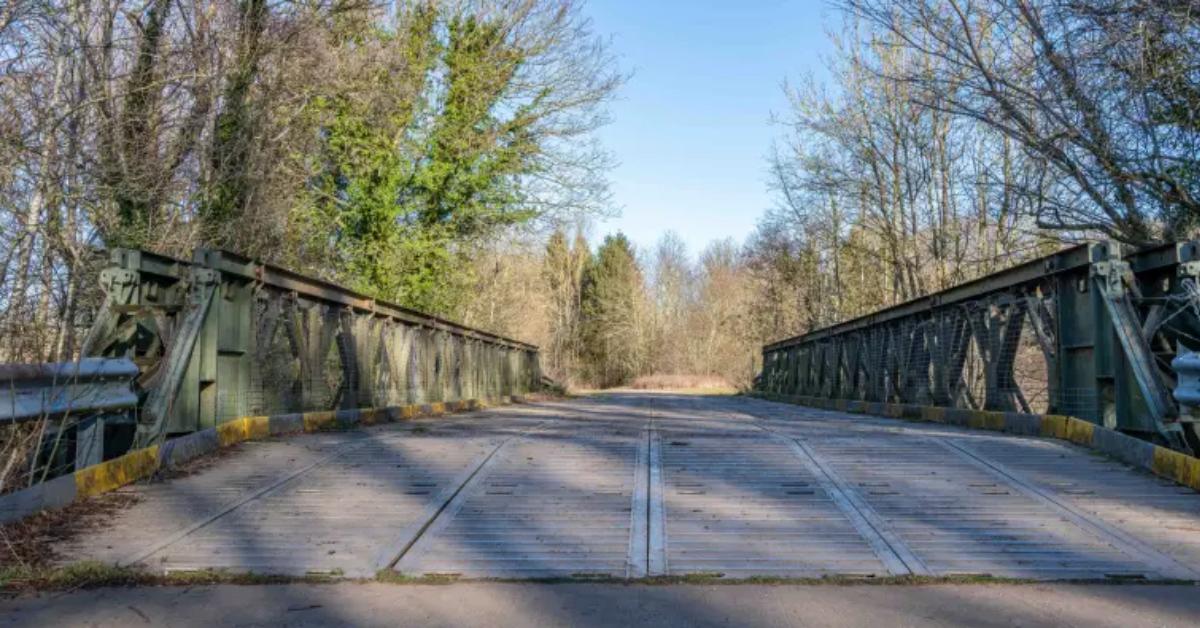Subscribe to trusted local news
In a time of both misinformation and too much information, quality journalism is more crucial than ever. By subscribing, you can help us get the story right.
- Subscription costs less than £1 a week with an annual plan.
Already a subscriber? Log in here.
05
Jun 2024
How bridges designed in Ripon helped win the Second World War

This is part of a series of articles explaining Ripon's huge military significance. The Stray Ferret is backing Ripon Military Heritage Trust's campaign to save key parts of the city’s military history as part of the 1,300-home Clotherholme scheme.
Please sign the petition here. If it gets 500 signatures it will be debated by North Yorkshire Council's Skipton and Ripon planning committee.
To grasp the importance of Bailey bridges let’s go back to the First World War and consider the bridging assets that were available.
Photos taken between 1914 and 1918 show wooden bridges being built in a way that the Roman army would have understood. Wood tended to be plentiful in wars before 1900, but the devastation and sheer scale of trench warfare meant that wood had to be found a long way from the front and transported there before it could be used.
Developments prior to 1914 had focussed on the creation of footbridges, but the invention of the tank and the increasing use of motorised transport made it clear that bridges for vehicles would be needed.
Early work by two Royal Engineer officers, Majors Inglis and Martel, focussed on creating rapidly deployable pre-assembled bridges, at least one of which could be deployed from the relative safety of a tank.
Their earlier work, in particular the Inglis bridge and Martel’s medium girder bridge, helped to inform the ideas of Donald Bailey, a civilian employee of the Royal Engineers Experimental Bridging Establishment in Christchurch, Dorset, who sketched out his innovative design on the back of an envelope.
A flat truss bridge, each of the components could be carried by six men or less and were designed to fit easily onto a three-ton truck.
The basic single Bailey could support a 10-ton load over a span of 100 feet. By doubling the panels on each side, the load could increase to 75 tons over the same span. And by adding more frames vertically, the span could be increased significantly.
Further development took place – for example of Bailey suspension bridges, the loading and wind testing of which took place in Ripon and an example of which can be seen in the aerial photo of Ripon Camp on our website, (reproduced by kind courtesy of Historic England).
Many examples of the Bailey suspension bridge remain in use today in India, Pakistan and Myanmar.
The Bailey bridge was a significant contributor to allied victory. General Eisenhower, the Supreme Allied Commander in Europe post D-Day, considered the Bailey bridge one of the three most important developments of World War Two, alongside the heavy bomber and radar.
Field Marshal Montgomery wrote in 1947 that:
Bailey bridging made an immense contribution towards ending World War II. As far as my own operations were concerned, with the Eighth Army in Italy and with the 21 Army Group in North West Europe, I could never have maintained the speed and tempo of forward movement without large supplies of Bailey bridging.

A heavy girder bridge at Ripon.
The Laver Banks training area has what we believe to be the only remaining Cold War Heavy Girder Bridge in the UK, a later Bailey variant, which used standard Bailey components with later additions to provide a wider bridge capable of bearing the load of a 60-ton main battle tank.
Although the British Army has ceased to use the Bailey Bridge in favour of more modern deployable bridges, it is still in use around the world, particularly where flash flooding or other natural disasters sweep away existing bridges. A brilliant design, in short, which works as well now as it did when the first one was built to span seventy feet over the River Stour in just 36 minutes on the 1st May 1941.
0